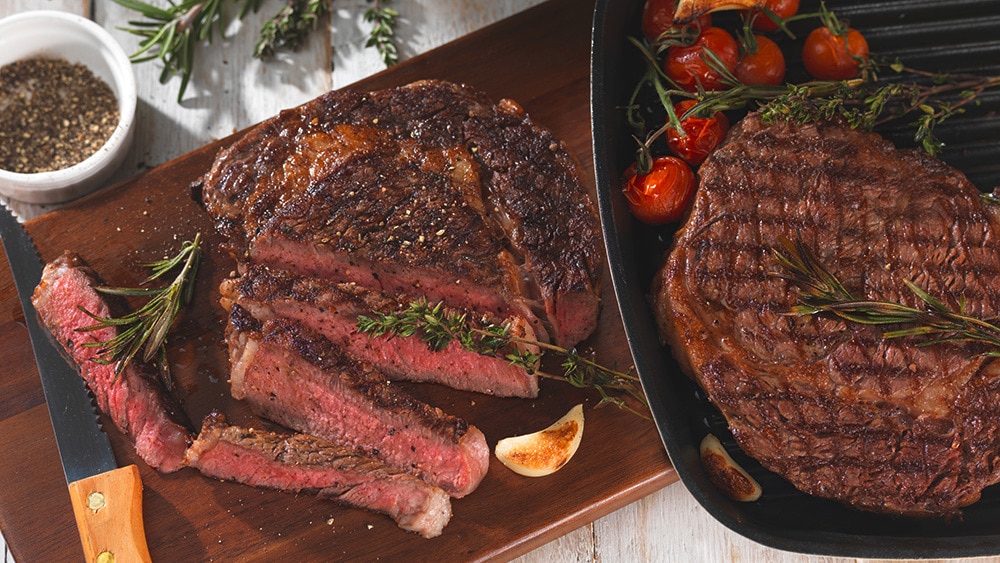Skip to:
Tougher cuts of meat can become meltingly tender by braising in stock for a few hours. During this slow cooking process, the connective tissues dissolve to give a rich texture and deep flavour to the stock they are cooking in. The cheaper cuts of meat are ideal for braising and stewing. It’s always best to brown the meat before braising as this makes the meat look more attractive and adds extra flavor, although some say that the meat tastes sweeter not being browned.
Preparing the meat
Place some vegetable oil in a large heavy-bottomed frying pan, once the oil is really hot place the meat in the pan. It should sizzle immediately. Make sure not to add too much meat all at once as this will reduce the temperature of the pan. If the meat cooks at a lower temperature it tends to push out water so the meat is effectively boiling rather than browning.
The very hot pan helps turn the surface moisture in the meat to steam in order that the caramelizing process can start. One of the easiest mistakes to make is not adding enough oil to the pan, if there is only a touch of oil the meat will burn rather than caramelize.
A great tip is to take the meat out of the fridge an hour before cooking to bring it to room temperature. This ensures that it doesn’t reduce the temperature of the pan by too much during browning. If you add salt to the meat, do so after browning, if you add it too early the salt will draw out more moisture from the meat, which hinders the browning process.
Keep it quick!
The browning or searing should only take 2-3 minutes on each side, often meat is left whole for braising but if you have large cubes of meat, keep turning until they are browned all over. Remember, braising helps to render down the connective tissues and fat which is why lean cuts of meat are not suitable for this process.
After browning the meat, remove from the pan and cook as per the recipe you’re following. Don’t forget to deglaze the pan as those bits stuck to the bottom after browning are packed with flavour. Deglaze means adding a little stock or wine and scraping all the caramelized bits off, then add to your casserole.






